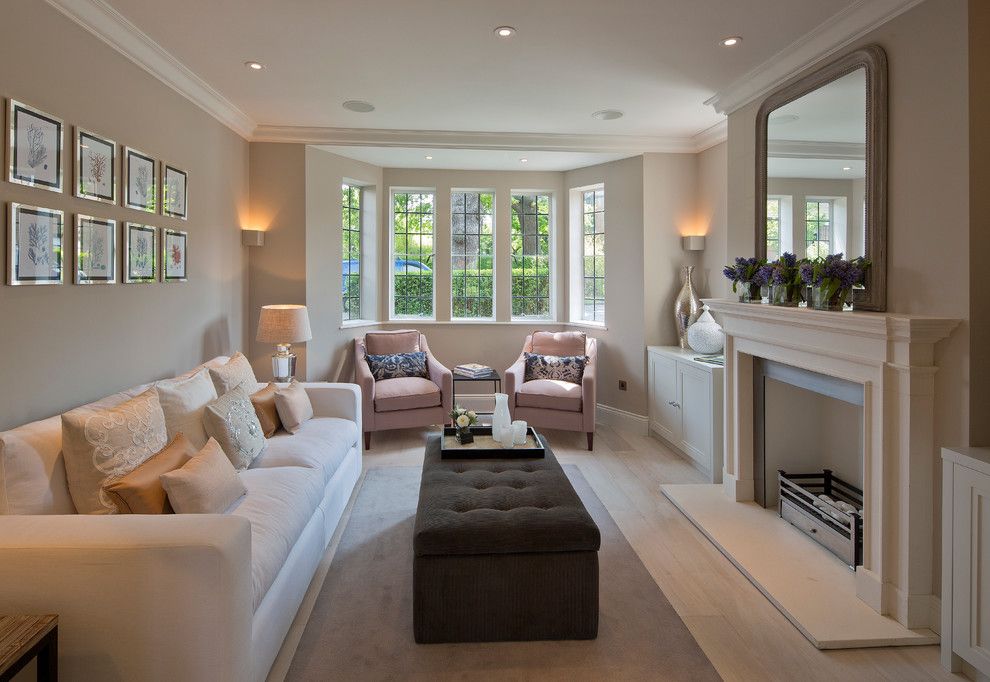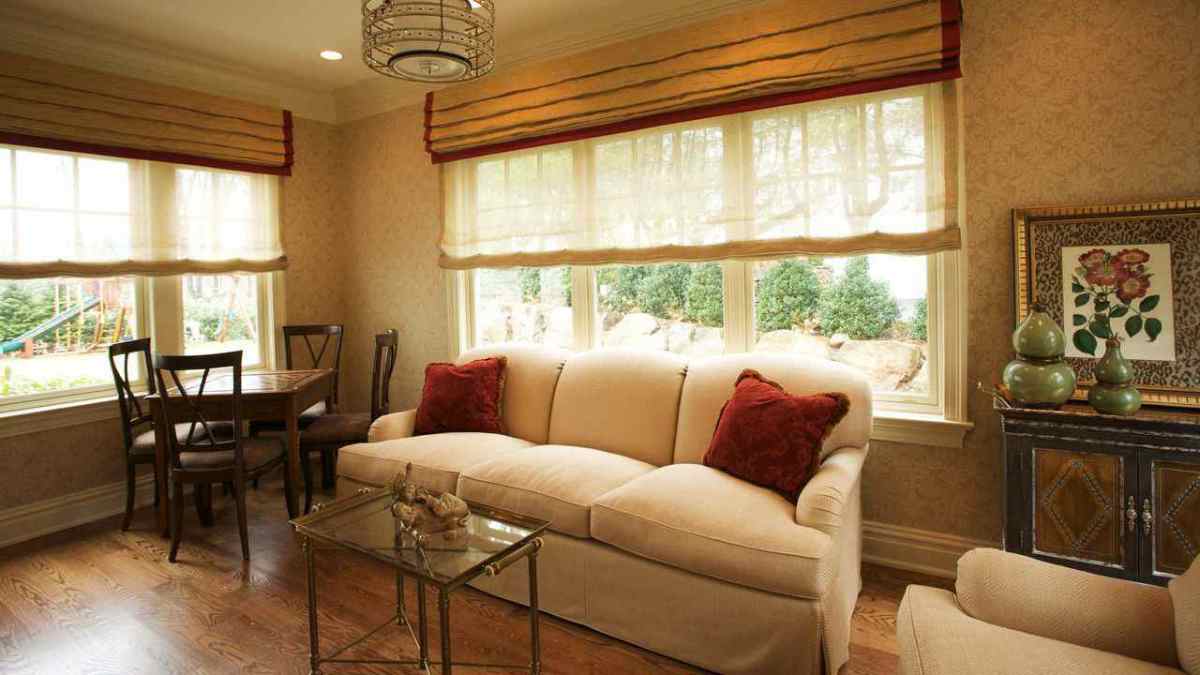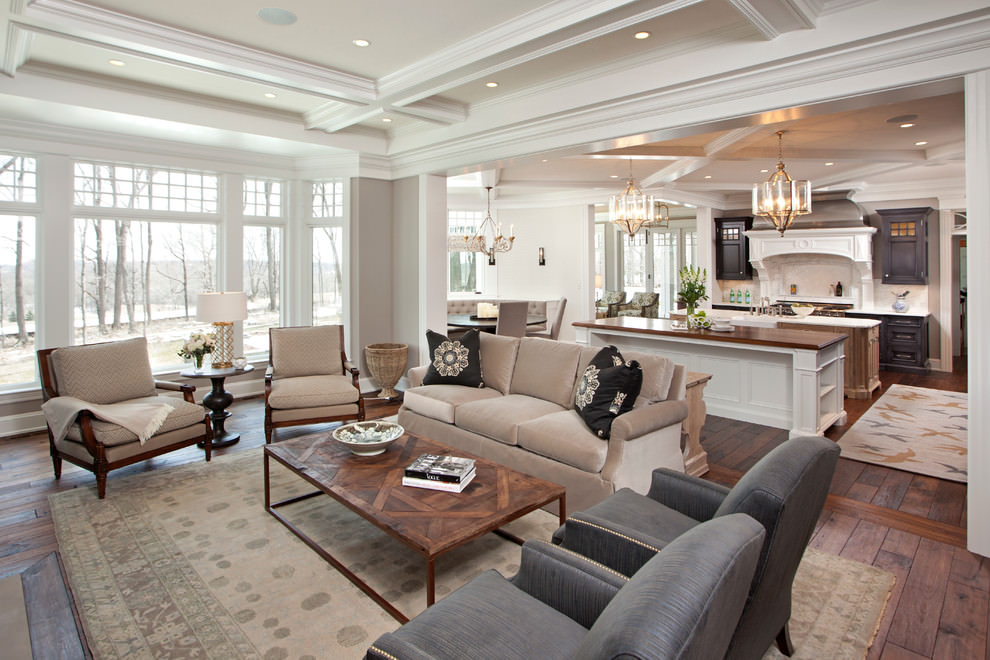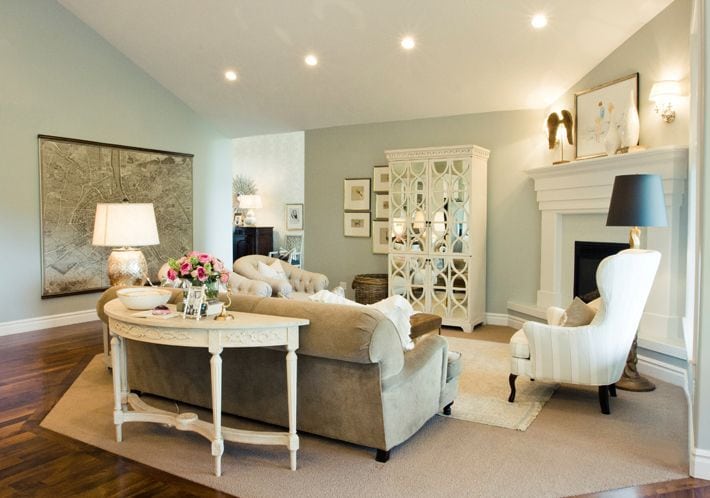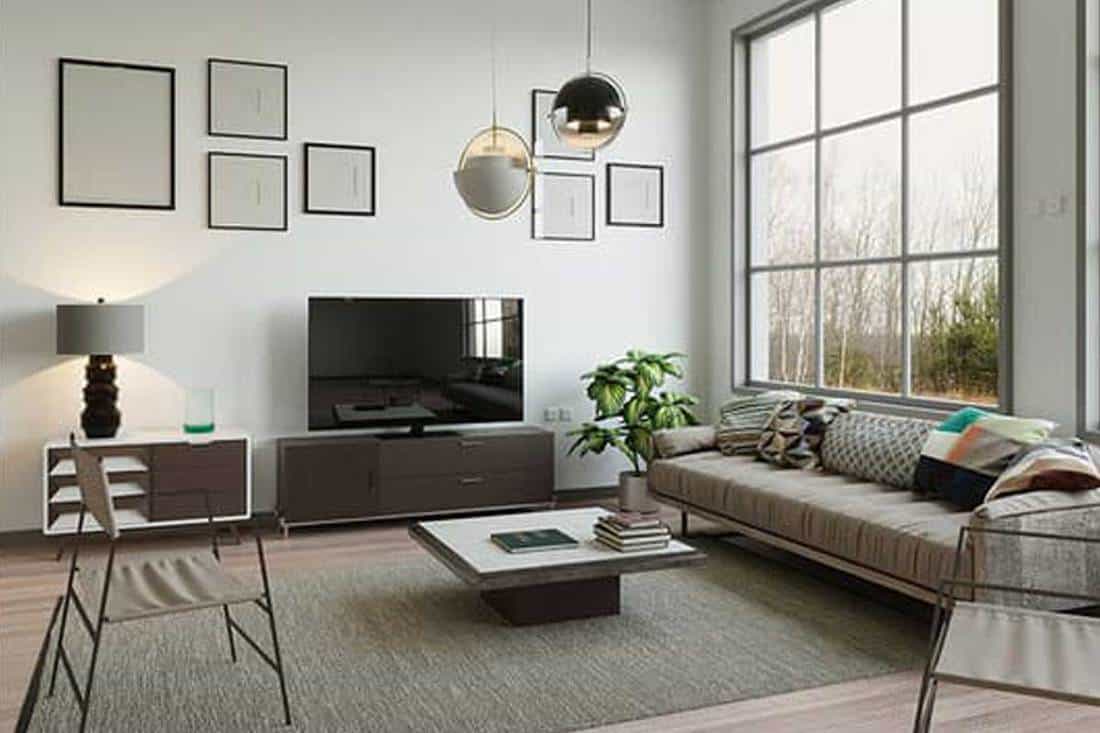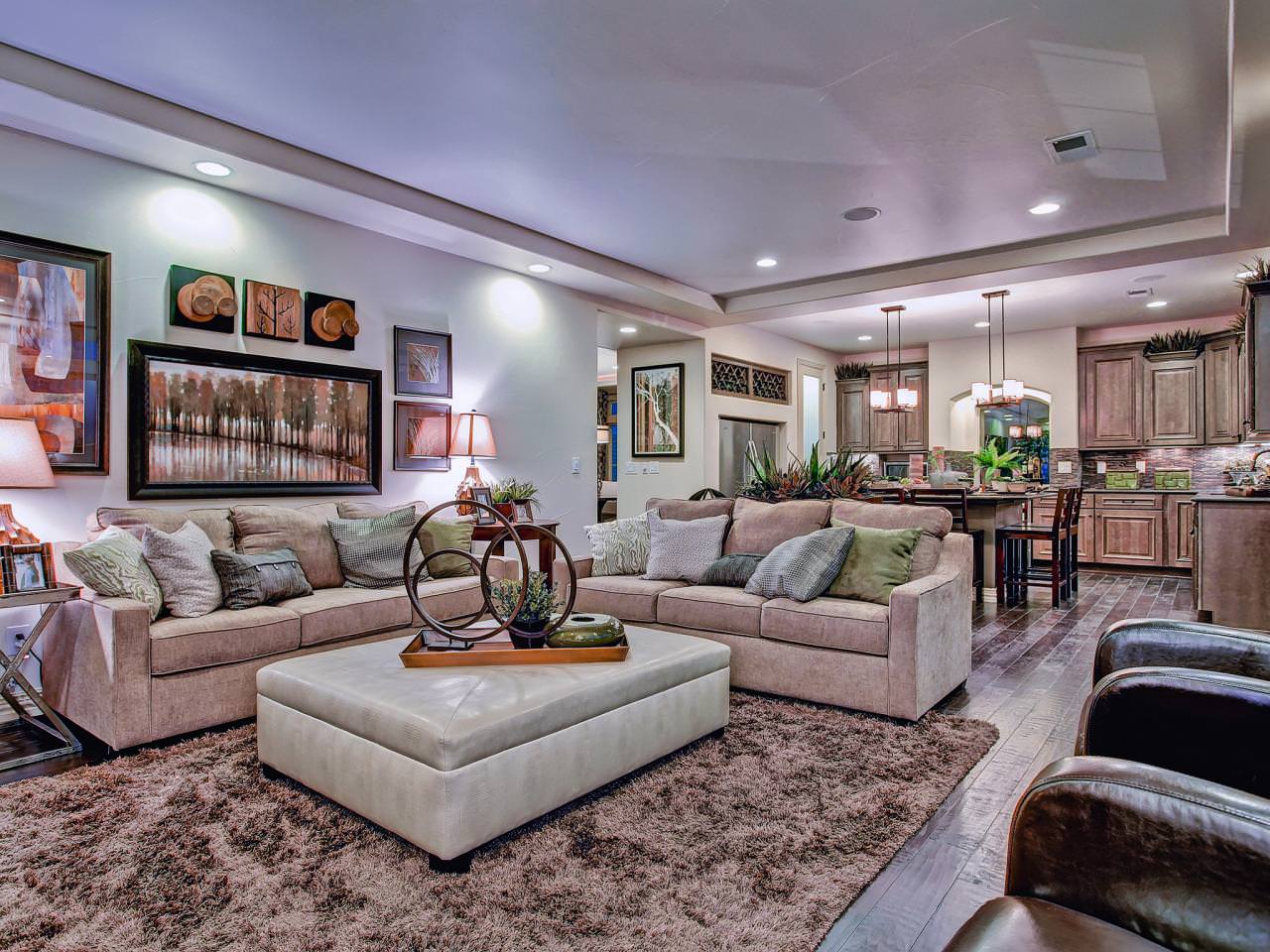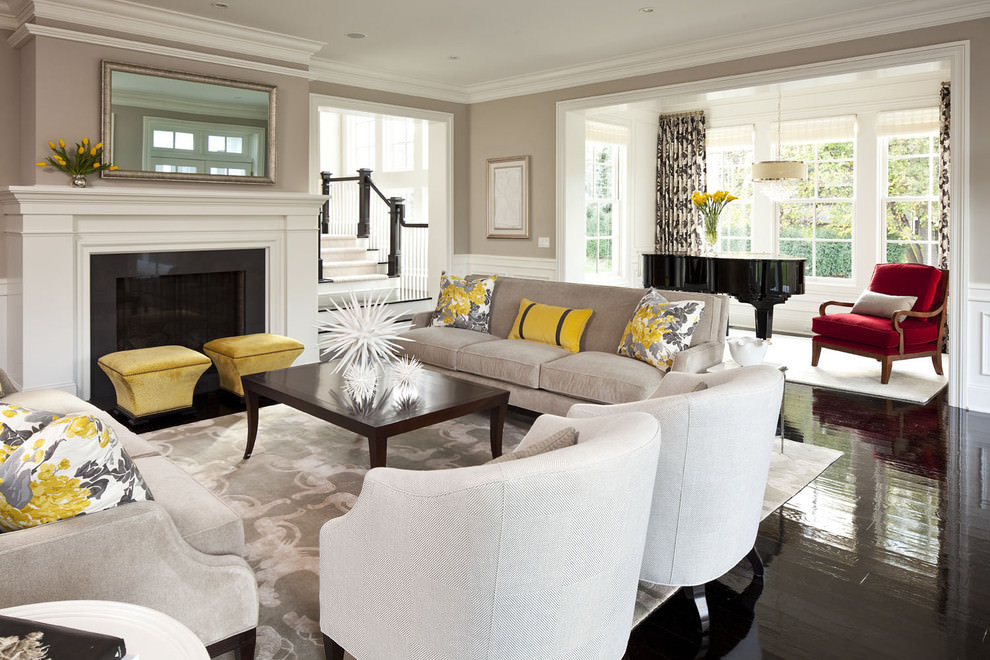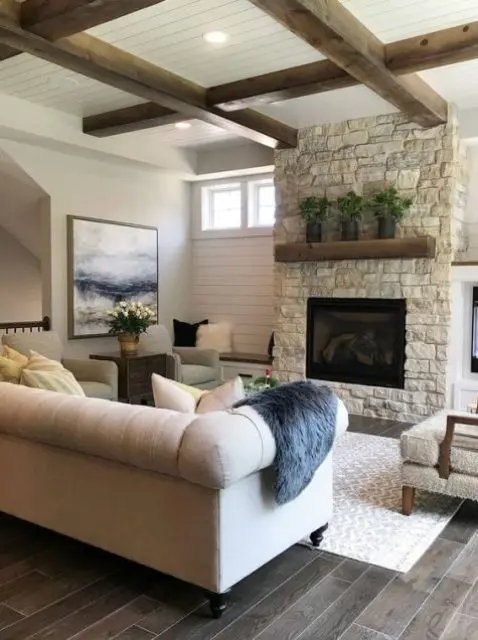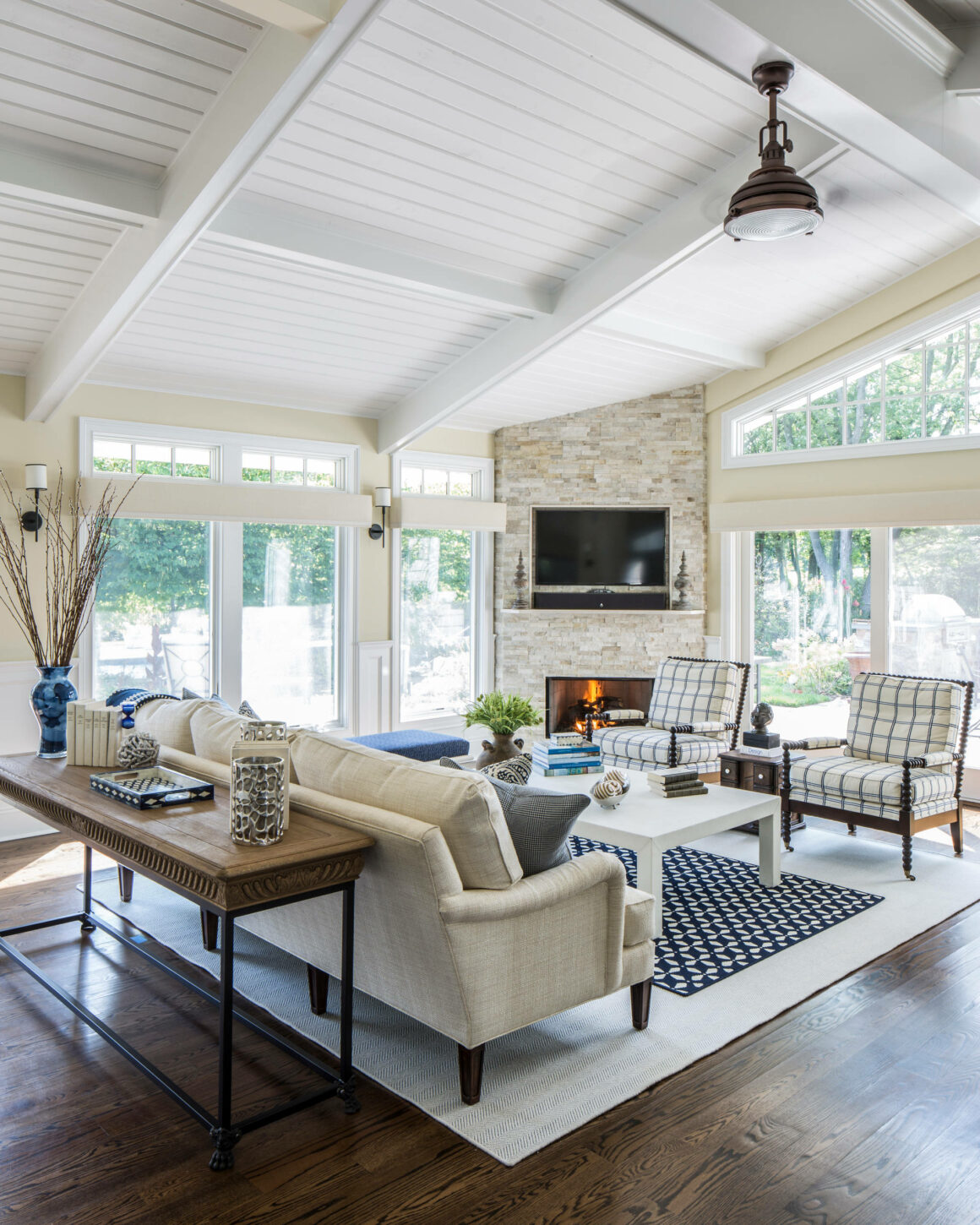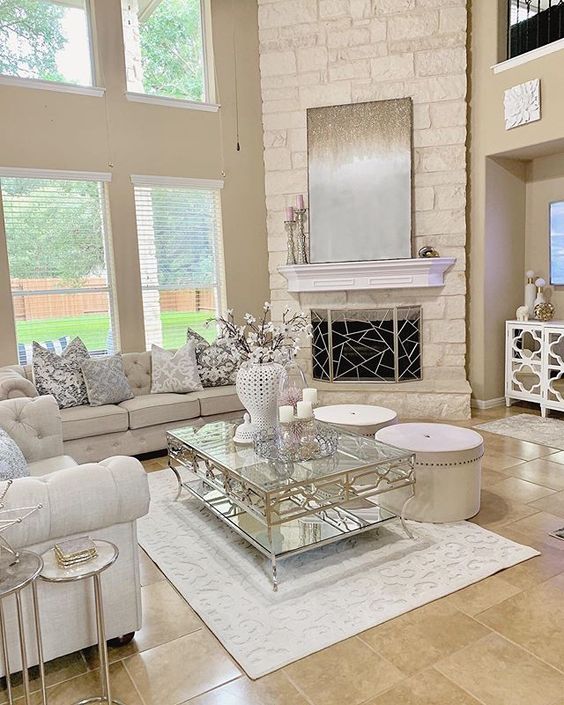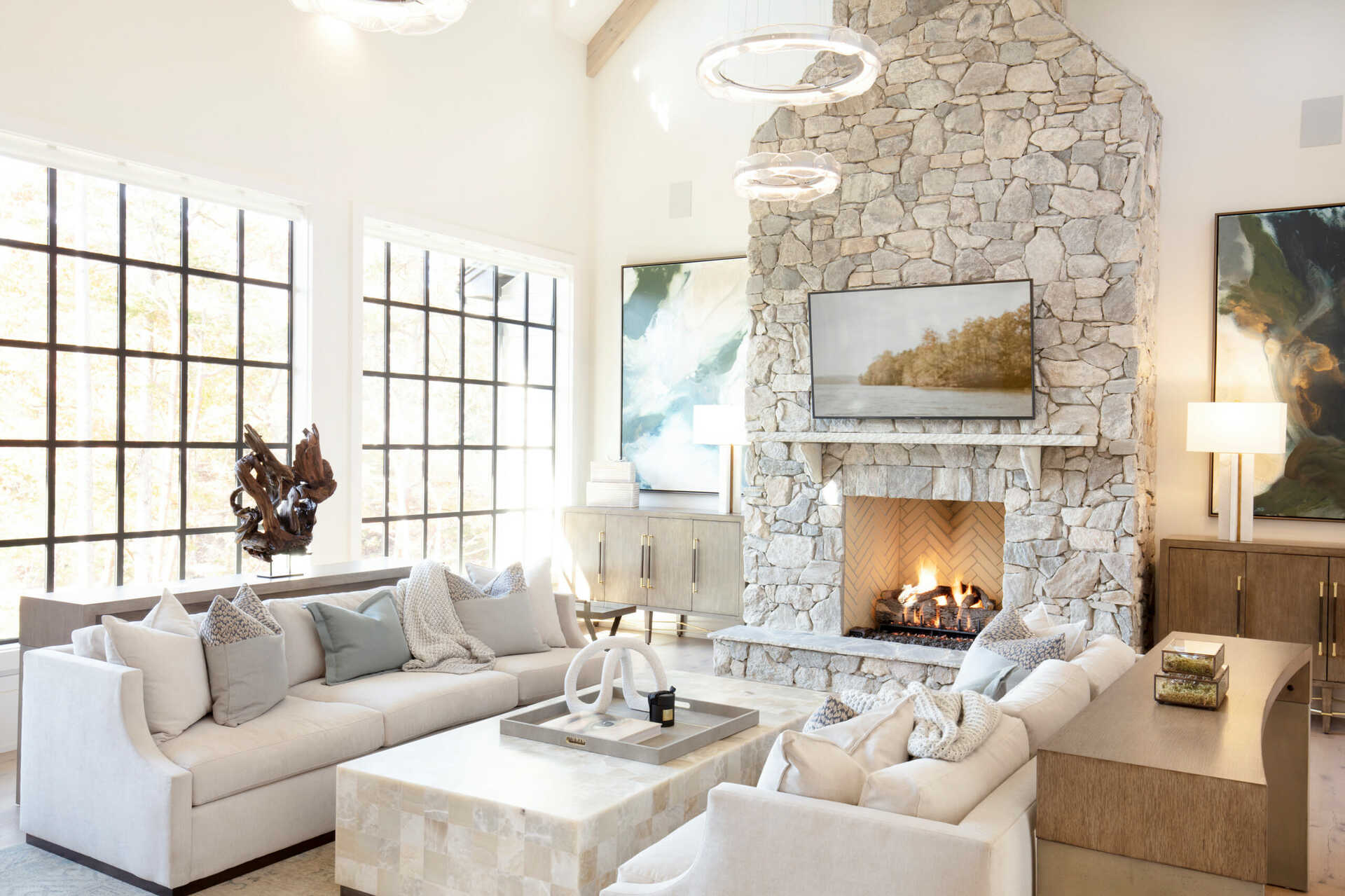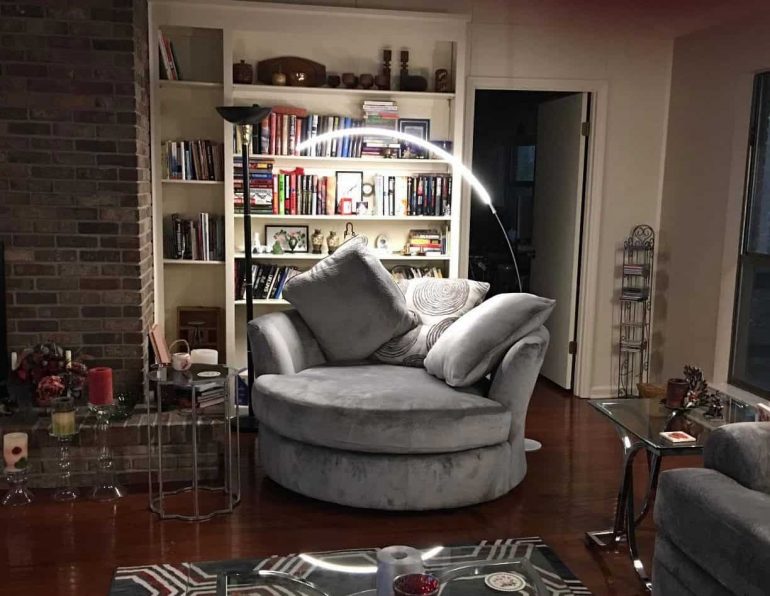If you have a small living room, it can be a challenge to arrange furniture in a way that maximizes space and creates a functional and visually appealing layout. Here are some tips to help you make the most out of your small living room space. 1. Measure and plan The first step in arranging furniture in a small living room is to measure the space and plan out where each piece of furniture will go. This will help you avoid overcrowding and ensure that everything fits comfortably in the room. 2. Use multipurpose furniture In a small living room, it's important to use furniture that can serve multiple purposes. For example, a coffee table with hidden storage can double as a place to store blankets or books, and a sofa bed can provide extra sleeping space for guests. 3. Think vertical When arranging furniture in a small living room, consider utilizing vertical space. This can include hanging shelves or installing tall bookcases to maximize storage and create the illusion of higher ceilings. 4. Keep traffic flow in mind Make sure to leave enough space for people to move around comfortably in the living room. Avoid blocking doorways or creating tight pathways that can make the room feel cramped. 5. Use light colors and mirrors Light colors and mirrors can help make a small living room feel more spacious and open. Consider painting the walls a light color and incorporating mirrors to reflect light and create the illusion of a larger space.Furniture Arrangement Tips for a Small Living Room
On the other hand, a large living room can present its own set of challenges when it comes to furniture arrangement. Here are some tips to help you create a functional and visually appealing layout in a large living room. 1. Create separate zones In a large living room, it can be helpful to create separate zones for different activities. For example, you can have a seating area for conversation, a TV viewing area, and a reading nook. This can help break up a large space and make it feel more intimate. 2. Use rugs and furniture placement to define areas Incorporating rugs can also help define separate areas in a large living room. Make sure to choose rugs that are proportional to the size of the room. Additionally, strategically placing furniture can also help define different zones. 3. Consider the focal point In a large living room, there are often multiple potential focal points, such as a fireplace, a large window, or a TV. Choose one as the main focal point and arrange furniture around it to create a cohesive and visually appealing layout. 4. Allow for conversation Even in a large living room, it's important to arrange furniture in a way that allows for easy conversation. This can be achieved by placing seating areas facing each other or incorporating a coffee table or ottoman in the center. 5. Use statement pieces In a large living room, incorporating a few statement pieces of furniture can help anchor the space and add visual interest. This can include a large sectional sofa, a bold accent chair, or a unique coffee table.How to Arrange Furniture in a Large Living Room
Arranging furniture in a living room doesn't have to be limited to traditional layouts. Get creative and think outside the box with these ideas for arranging furniture in a living room. 1. Use unconventional seating Instead of a traditional sofa and chairs, consider using unconventional seating options such as floor cushions, bean bags, or even a swing. This can add a unique and playful touch to your living room. 2. Create a cozy corner If you have a small living room, consider creating a cozy corner by placing a comfortable armchair, a side table, and a floor lamp in a corner. This can be a great spot for reading or relaxing. 3. Incorporate a statement wall Instead of arranging furniture around a TV, consider creating a statement wall with a gallery of artwork or a large mural. This can serve as the focal point of the room and add a touch of personality. 4. Mix and match styles Who says all your furniture has to match? Mix and match different styles of furniture, such as a modern sofa with vintage armchairs, to create an eclectic and visually interesting living room. 5. Create a dual-purpose space If you have a small living room, consider incorporating furniture that can serve multiple purposes, such as a sofa that can turn into a bed or a coffee table with hidden storage. This can help maximize space and functionality.Creative Ideas for Arranging Furniture in a Living Room
An open concept living room, where the living room, dining room, and kitchen are all connected, can be a challenge to arrange furniture in. Here are some tips to help you create a cohesive and functional layout in an open concept living room. 1. Define separate areas Even in an open concept living room, it's important to define separate areas for different activities. You can use furniture placement, rugs, or lighting to create distinct zones for the living room, dining room, and kitchen. 2. Use a cohesive color scheme Since the different areas in an open concept living room are all connected, it's important to use a cohesive color scheme to create a sense of unity. This can be achieved by incorporating similar colors or patterns in each area. 3. Consider traffic flow In an open concept living room, it's important to consider traffic flow and make sure there is enough space for people to move around comfortably. Avoid placing furniture in a way that creates obstacles or blocks pathways. 4. Use furniture to create visual barriers In an open concept living room, you can use furniture to create visual barriers between different areas. For example, a sofa or bookcase can serve as a separation between the living room and dining room. 5. Create a focal point Incorporating a focal point, such as a statement piece of furniture or a piece of artwork, can help tie together the different areas in an open concept living room. Make sure to arrange furniture around this focal point to create a cohesive and visually appealing layout.Tips for Arranging Furniture in an Open Concept Living Room
When it comes to arranging furniture in a living room, there are some dos and don'ts to keep in mind. Here are some tips to ensure you create a functional and visually appealing layout. Do: Consider the room's focal point Whether it's a fireplace, a large window, or a TV, make sure to arrange furniture around the room's focal point to create a cohesive and visually appealing layout. Don't: Push furniture against walls While it may seem like a good way to save space, pushing all the furniture against the walls can make a living room feel cold and empty. Instead, try to create a more intimate and cozy seating arrangement. Do: Leave enough space for traffic flow Make sure to leave enough space for people to move around comfortably in the living room. Avoid creating tight pathways or blocking doorways. Don't: Neglect lighting Lighting is an important aspect of any living room, so make sure to incorporate different types of lighting, such as overhead lights, floor lamps, and table lamps, to create a warm and inviting atmosphere. Do: Mix and match styles Don't be afraid to mix and match different styles of furniture to create an eclectic and unique living room. Just make sure to incorporate cohesive elements, such as a similar color scheme, to tie everything together.Dos and Don'ts for Arranging Furniture in a Living Room
Creating a cozy and inviting living room doesn't have to be complicated. Here are some furniture placement ideas to help you create a warm and welcoming space. 1. Place seating around a focal point Whether it's a fireplace, a TV, or a large window, arranging seating around a focal point can help create a cozy and intimate atmosphere in a living room. 2. Use a rug to anchor the space Incorporating a rug can not only add visual interest to a living room but also help anchor the space and make it feel more cozy. Make sure to choose a rug that is proportional to the size of the room. 3. Create a reading nook A comfortable armchair, a side table, and a floor lamp can create the perfect reading nook in a cozy living room. Make sure to place it in a quiet and well-lit area of the room. 4. Incorporate soft textiles To make a living room feel cozier, incorporate soft textiles such as throw blankets, pillows, and curtains. This can add warmth and texture to the space. 5. Use warm and inviting colors Colors can have a big impact on the mood of a room, so choose warm and inviting colors, such as soft blues, warm greys, or earthy tones, to create a cozy living room.Furniture Placement Ideas for a Cozy Living Room
If you have a rectangular living room, it can be a challenge to arrange furniture in a way that maximizes space and creates a visually appealing layout. Here are some simple tricks to help you make the most out of your rectangular living room. 1. Use a sectional sofa In a rectangular living room, a sectional sofa can be a great choice as it can help break up the long space and create a cozy seating area. Just make sure to choose one that is proportional to the size of the room. 2. Create separate zones Dividing a rectangular living room into separate zones, such as a seating area and a reading nook, can help break up the space and make it feel more intimate. 3. Consider the traffic flow Make sure to leave enough space for people to move around comfortably in a rectangular living room. Avoid creating tight pathways or blocking doorways. 4. Use a rug to anchor the space Incorporating a rug can help anchor the seating area in a rectangular living room and add a touch of warmth and texture to the space. 5. Utilize vertical space Since a rectangular living room often has high ceilings, it's important to utilize vertical space. This can include hanging shelves or installing tall bookcases to maximize storage and create the illusion of higher ceilings.Simple Tricks for Arranging Furniture in a Rectangular Living Room
Arranging furniture in a square living room can be a bit tricky as the room's proportions are equal on all sides. Here are some tips to help you create a functional and visually appealing layout in a square living room. 1. Use a symmetrical layout In a square living room, a symmetrical layout, where furniture is arranged evenly on both sides of the room, can create a sense of balance and visual harmony. 2. Don't be afraid to float furniture Instead of pushing all the furniture against the walls, consider floating some pieces, such as a sofa or a coffee table, in the center of the room. This can help create a more intimate and cozy seating arrangement. 3. Incorporate a statement piece In a square living room, incorporating a statement piece, such as a large piece of artwork or a unique accent chair, can help break up the symmetry and add visual interest. 4. Use rugs and lighting to define areas Just like in a large or open concept living room, you can use rugs and lighting to define different areas in a square living room. This can help make the space feel more dynamic and functional. 5. Consider the room's traffic flow Make sure to leave enough space for people to move around comfortably in a square living room. Avoid creating tight pathways or blocking doorways.Tips for Arranging Furniture in a Square Living Room
A fireplace can be a great focal point in a living room, but it can also be a challenge to arrange furniture around it. Here are some tips to help you create a functional and visually appealing layout in a living room with a fireplace. 1. Make the fireplace the focal point When arranging furniture in a living room with a fireplace, make sure to make the fireplace the main focal point. Arrange furniture around it to create a cohesive and visually appealing layout.How to Arrange Furniture in a Living Room with a Fireplace
The Importance of Properly Arranging Furniture in Your Living Room

A well-designed living room can make all the difference in your home. Not only does it serve as a place for relaxation and entertainment, but it also sets the tone for the rest of your house. One of the key elements of a well-designed living room is the arrangement of furniture. A properly arranged living room not only looks aesthetically pleasing but also creates a functional and comfortable space for you and your family. Here are some tips on arranging furniture in your living room to help you achieve the perfect balance between style and functionality.

Furniture placement is crucial in creating a functional and inviting living room. It can be overwhelming to figure out where to start, but the key is to establish a focal point in the room. This could be a fireplace, a large window, or even a TV. Once you have identified the focal point, arrange your furniture around it. This will not only create a sense of balance in the room but also draw the eyes towards the main feature.
Another important aspect to consider is the flow of traffic in the living room. You want to make sure that there is enough space for people to move around comfortably without bumping into furniture. To achieve this, leave enough room between pieces of furniture and avoid blocking pathways with large or bulky items.
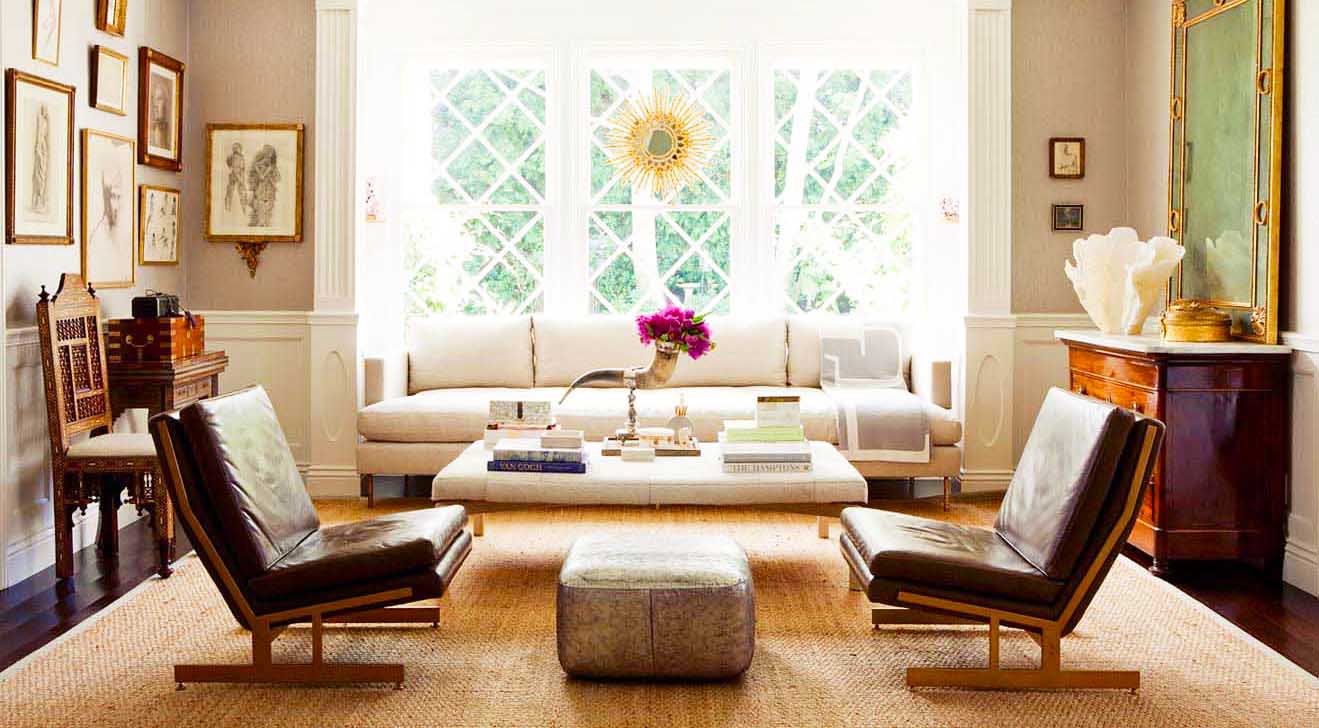
When arranging furniture, it's also important to create conversation areas . This means grouping furniture pieces in a way that allows for easy conversation and interaction. A good rule of thumb is to arrange seating pieces in a way that faces each other, such as a sofa and two chairs around a coffee table. This will not only promote conversation but also create a cozy and inviting atmosphere.
It's also important to consider the size and scale of your furniture pieces. A large sofa in a small living room can make the space feel cramped, while small furniture in a large living room can make it feel empty. Make sure to choose furniture that is proportionate to the size of your living room and leave enough space for movement.

Lastly, don't be afraid to experiment with different layouts . It may take some trial and error to find the perfect furniture arrangement for your living room. Don't be afraid to move things around and try different configurations until you find the one that works best for your space.
In conclusion, arranging furniture in your living room is not just about making it look good, but also about creating a functional and comfortable space. By following these tips, you can achieve a well-designed living room that not only reflects your personal style but also makes your home a more inviting and enjoyable place to be.


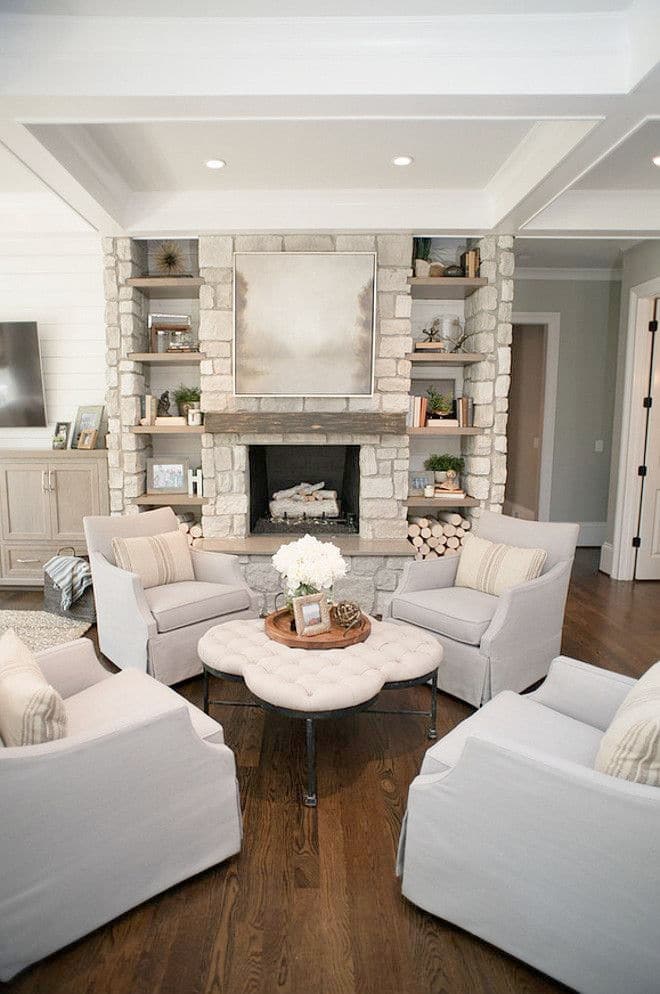
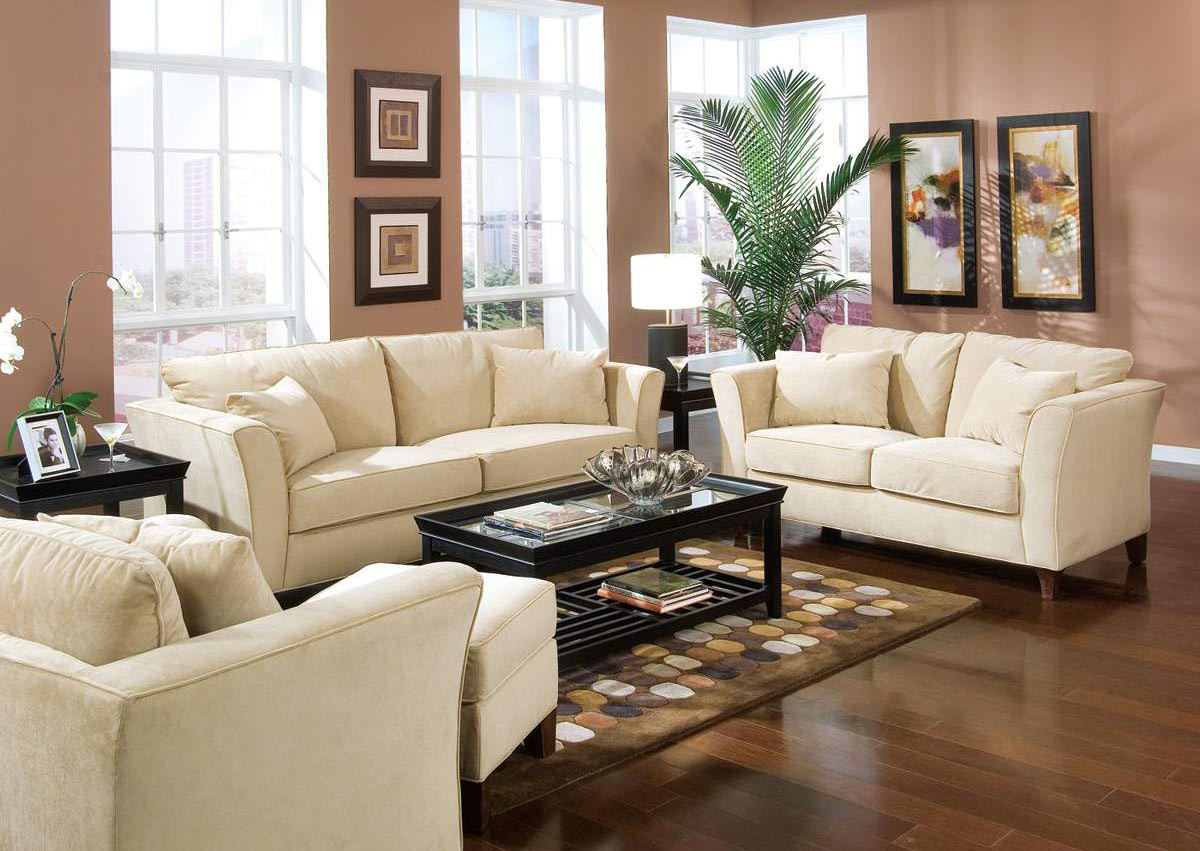
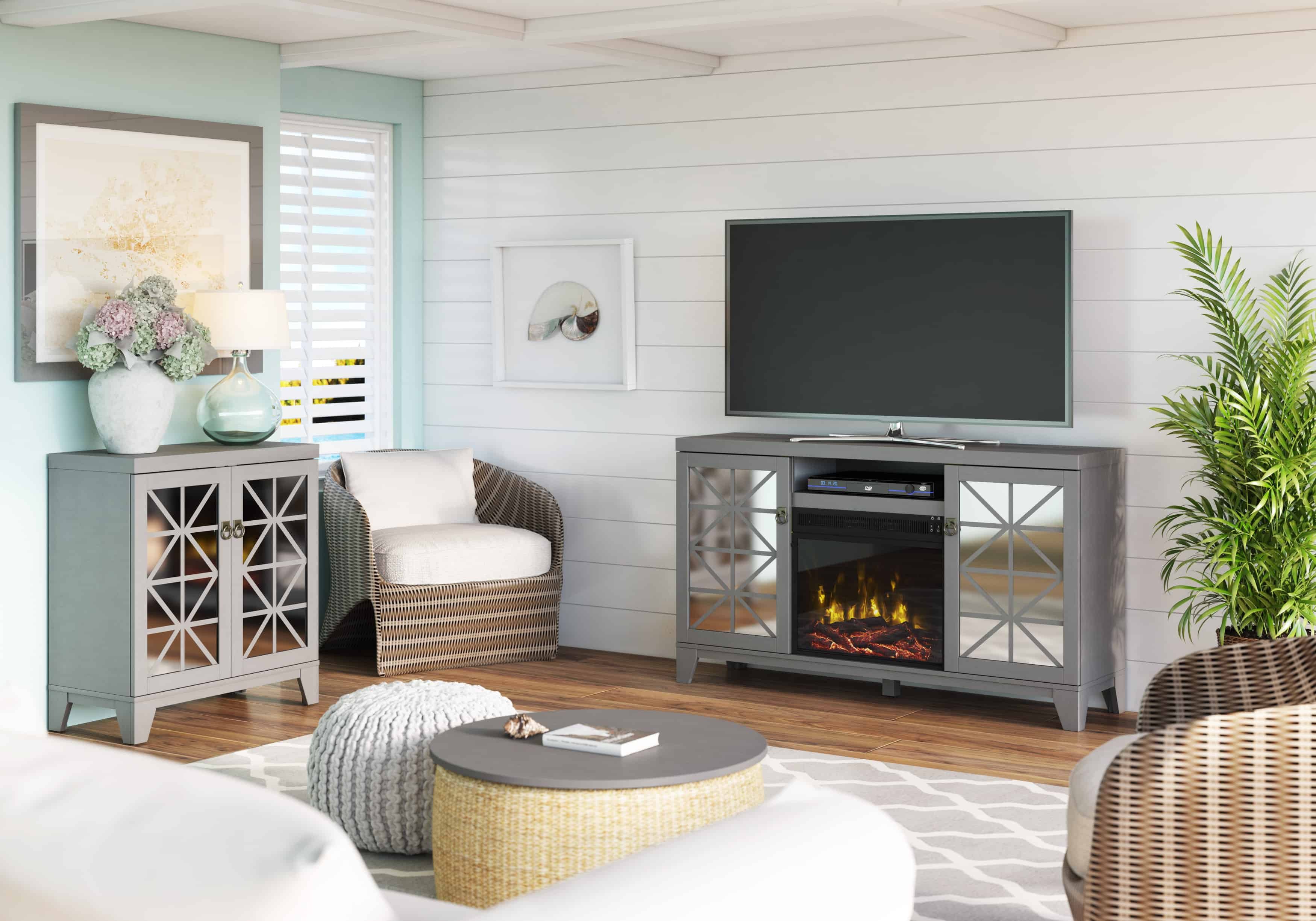

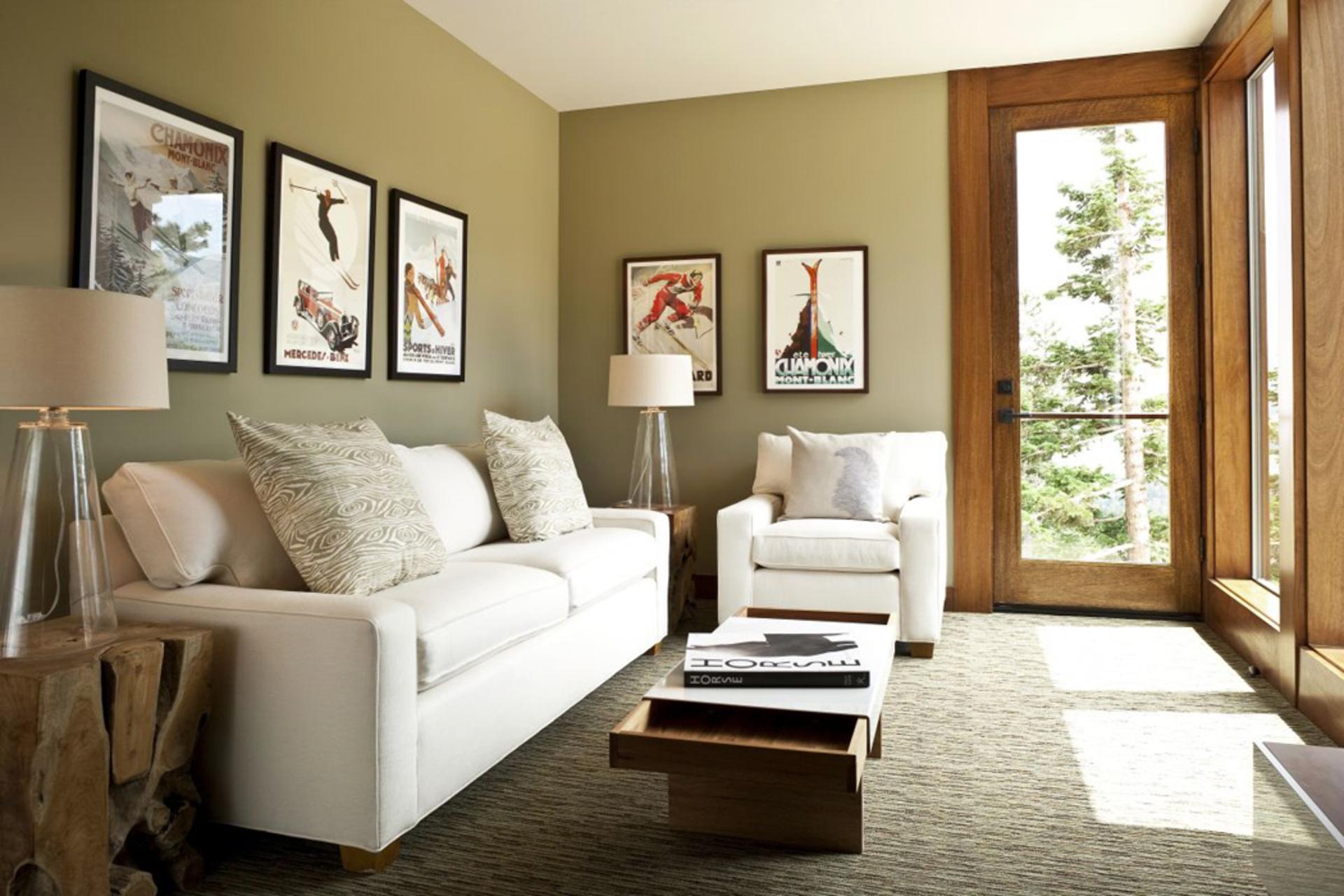




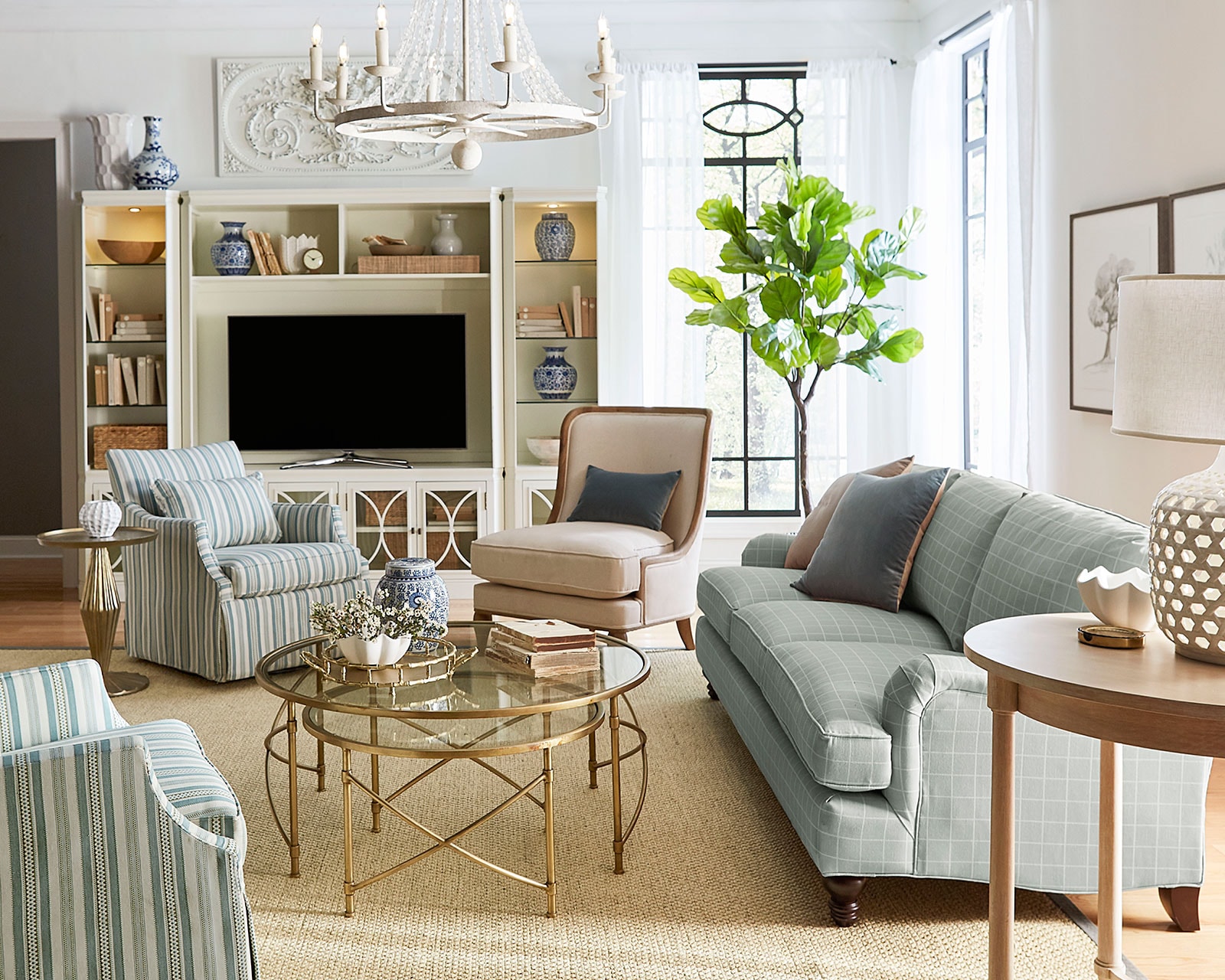






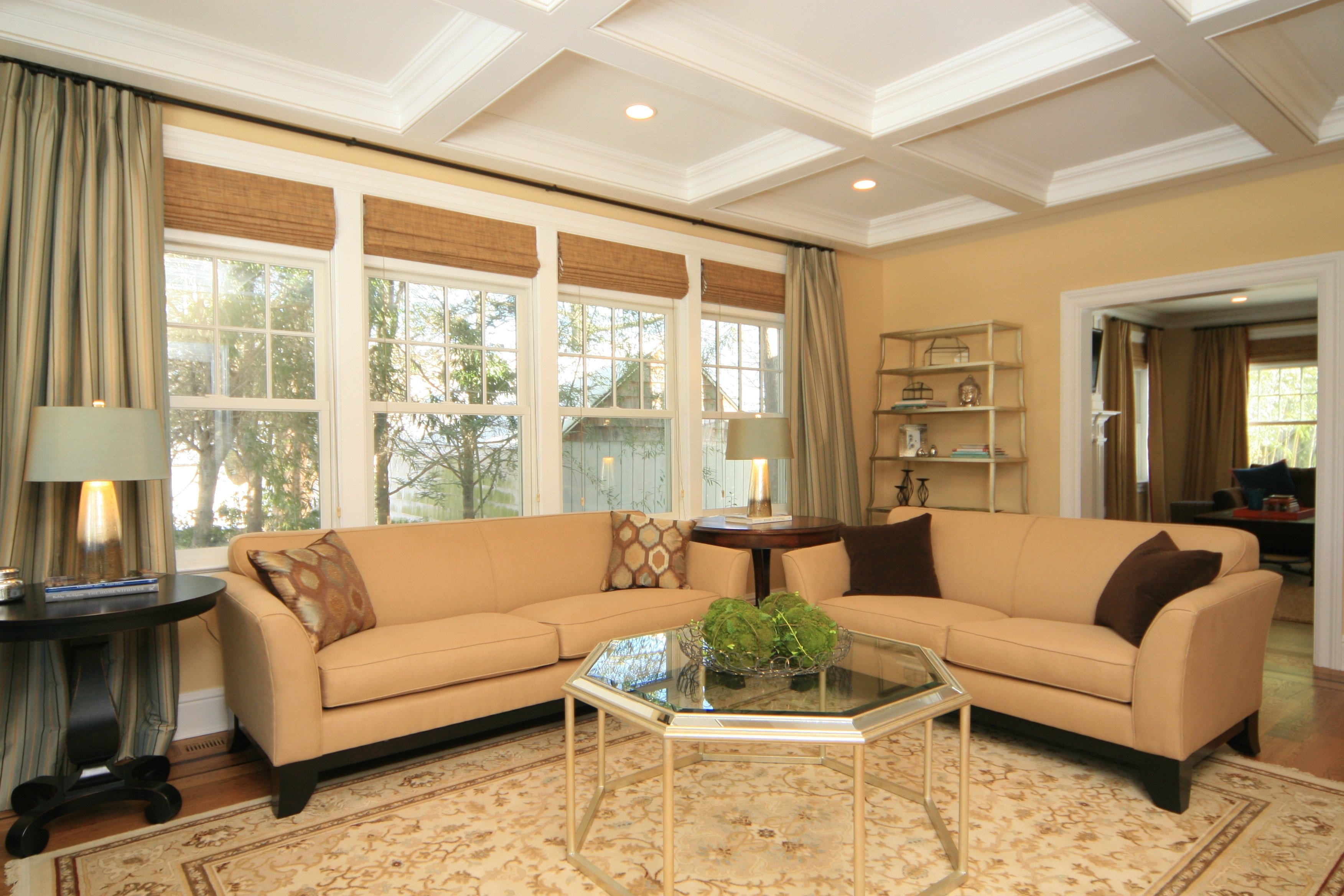


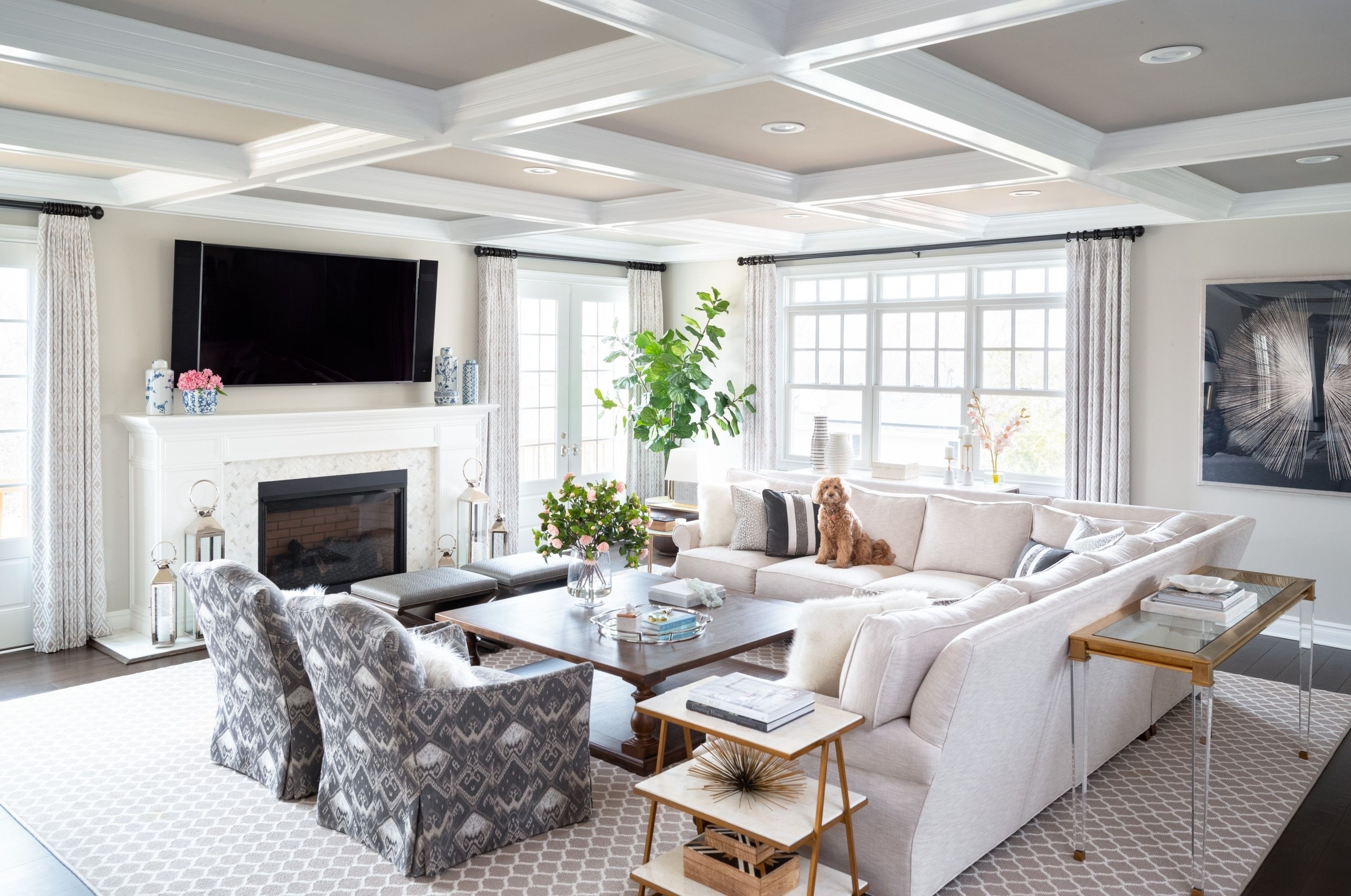






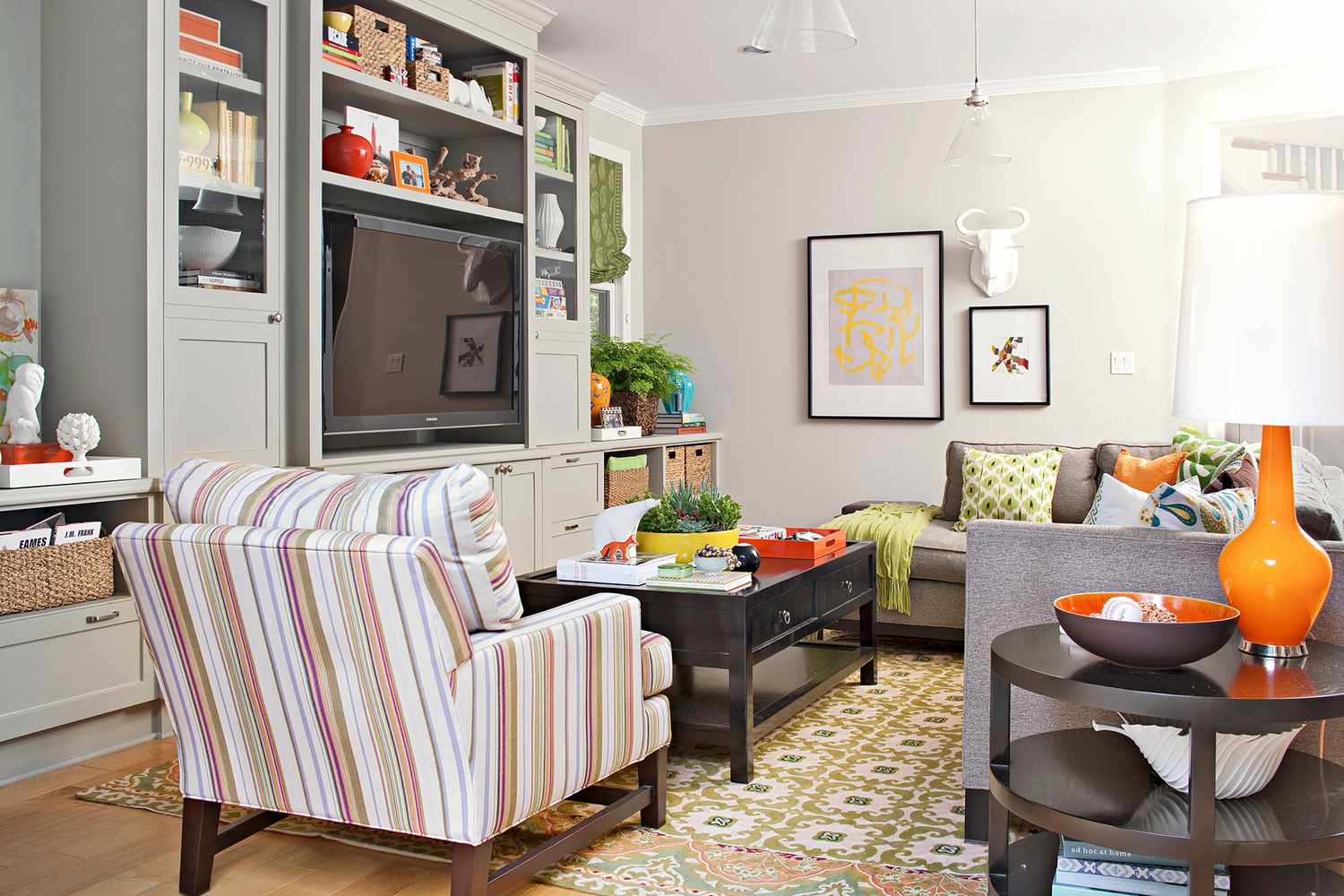




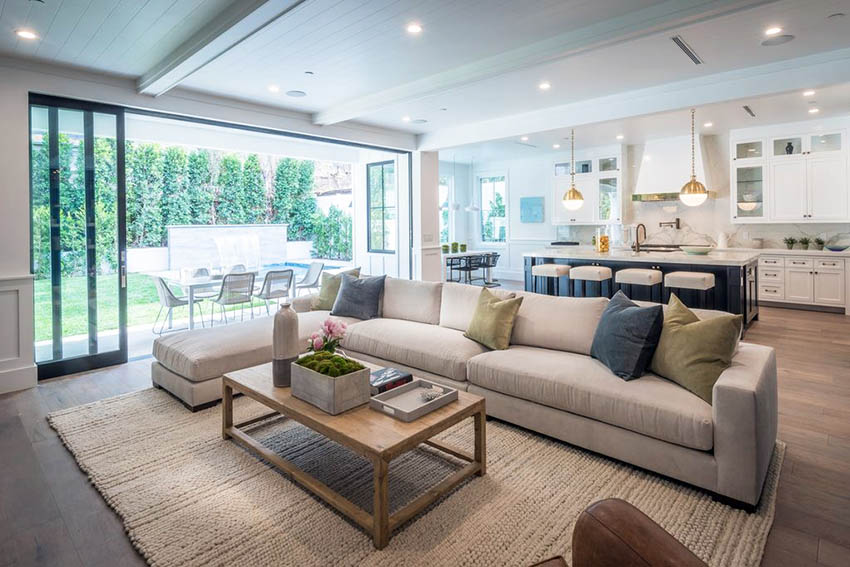











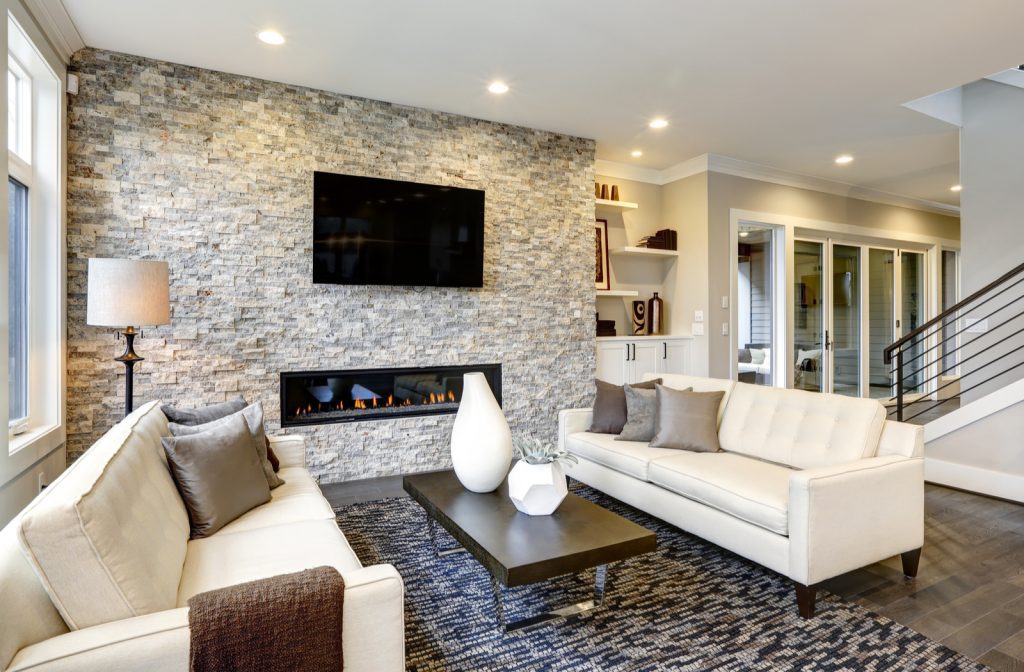





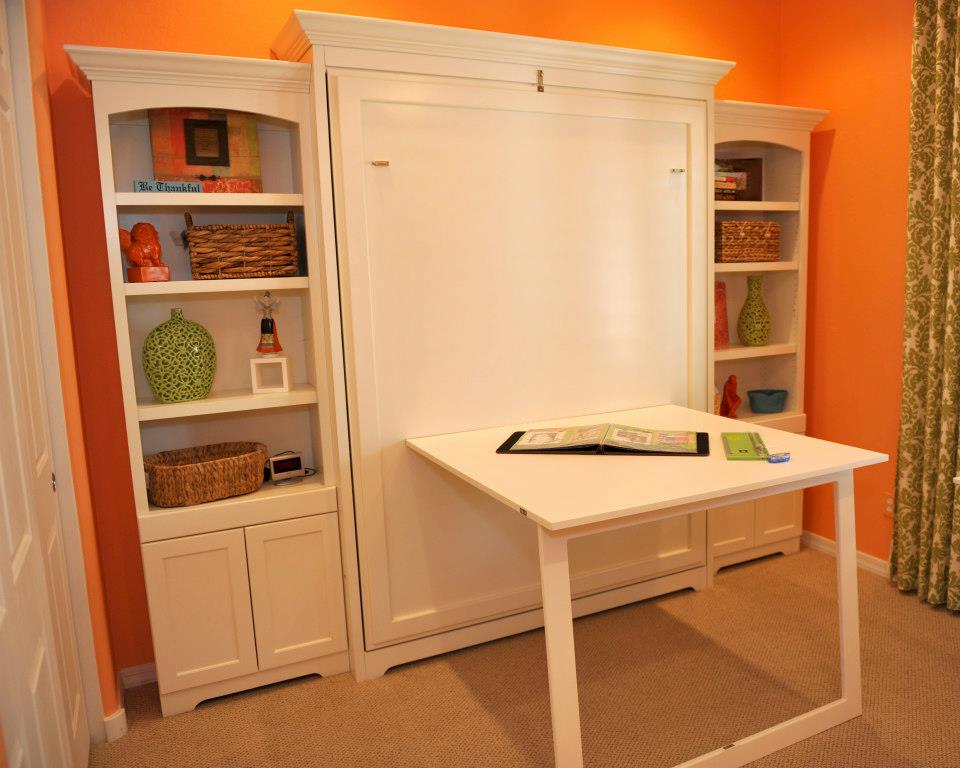



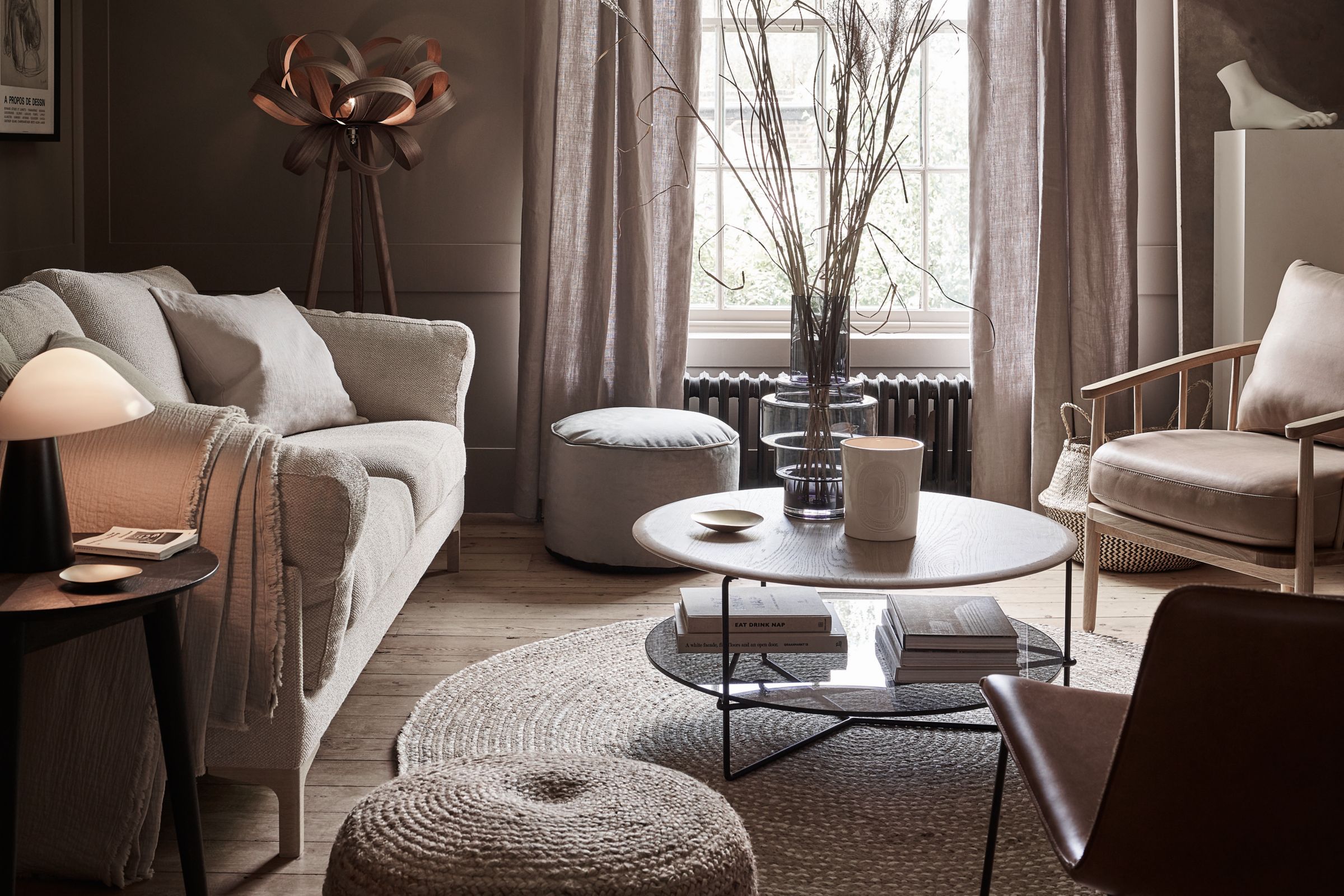
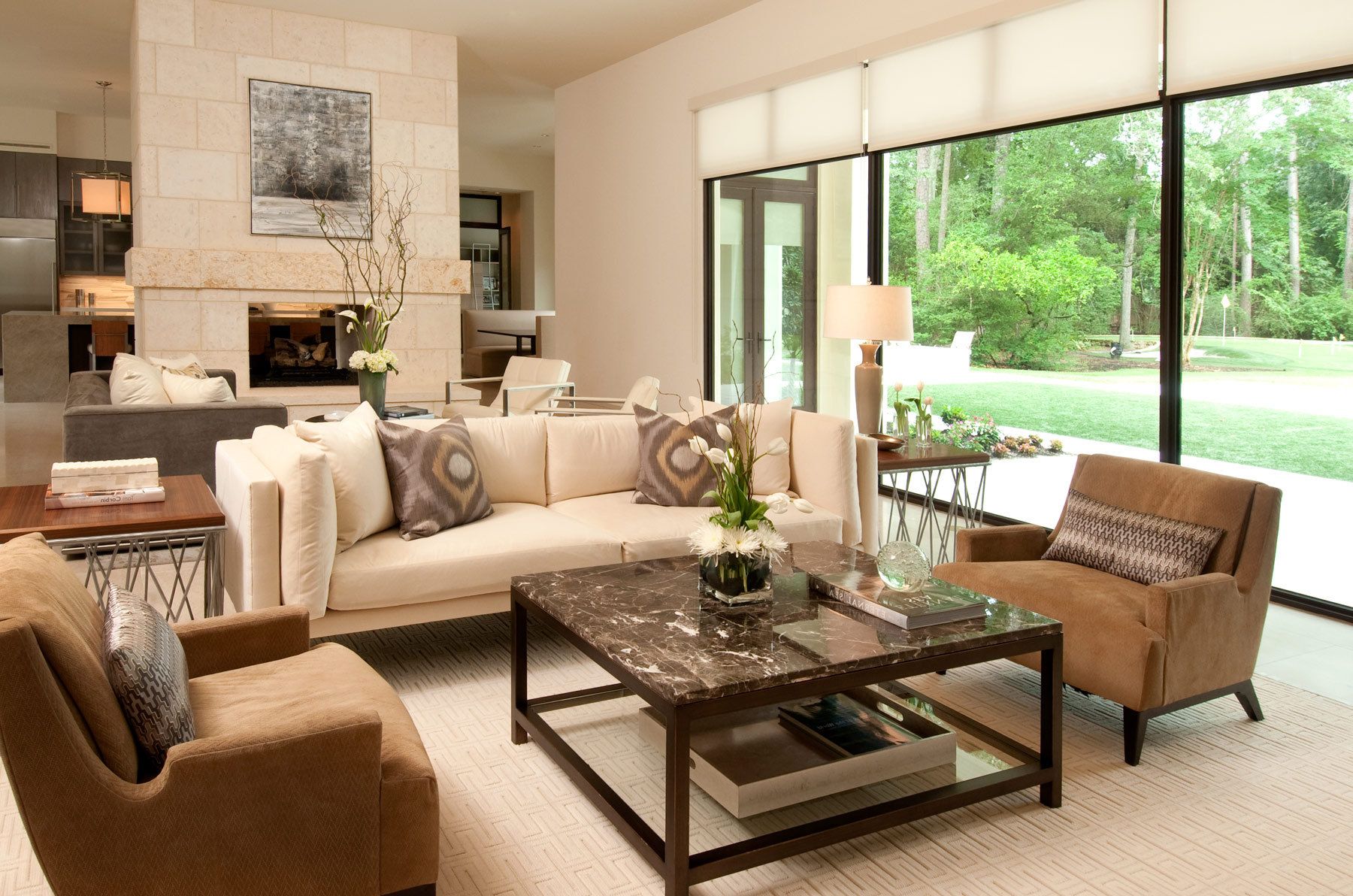
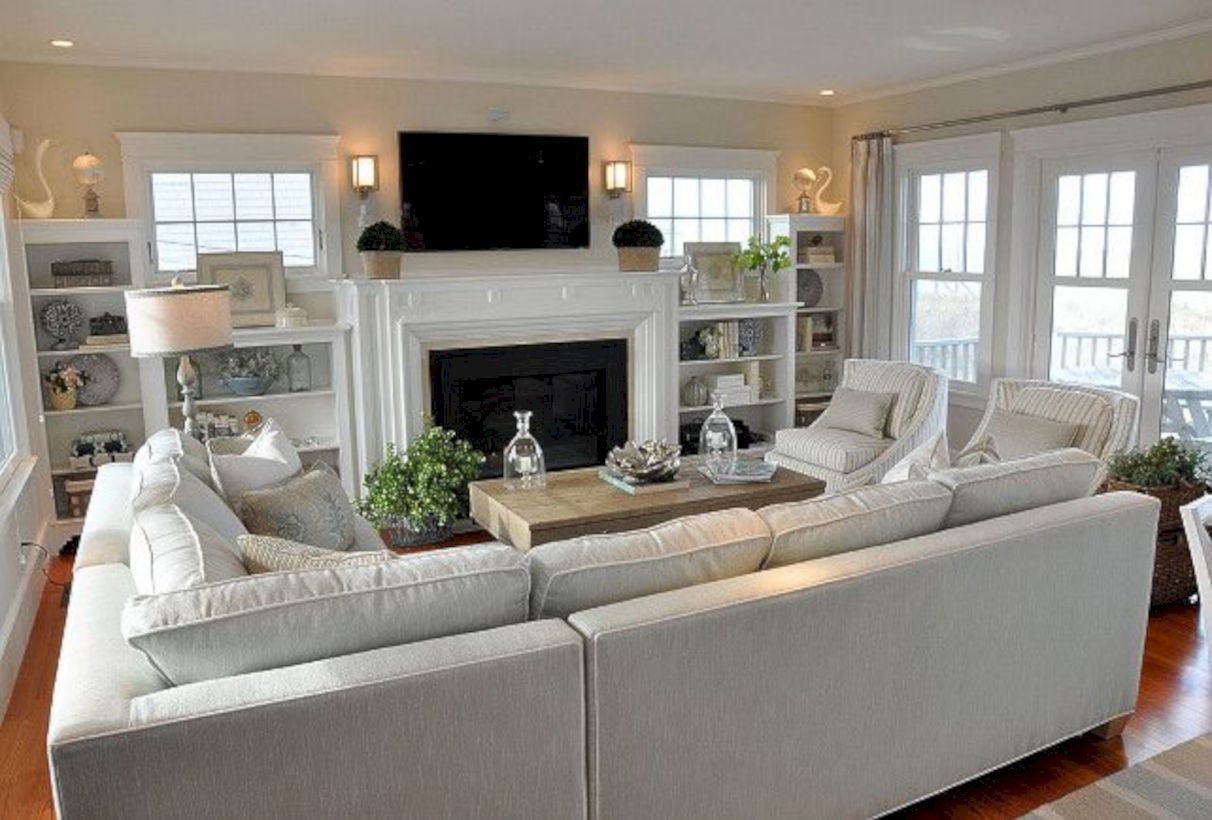
/Living-room-with-plaid-and-leather-furniture-589faf575f9b58819cb3fb05.png)


